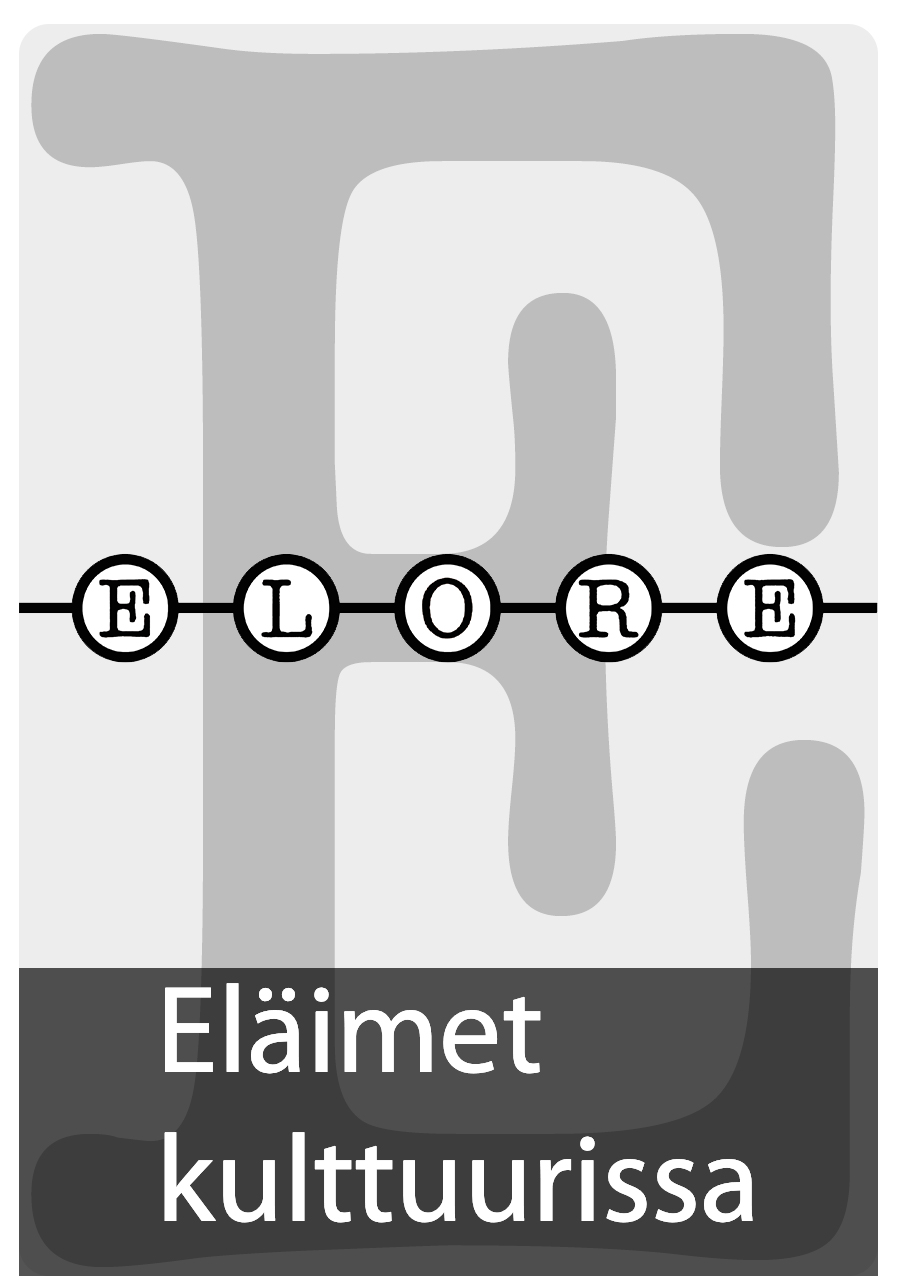Konsumerad och älskad till döds. Vilda och tama papegojor i den tidigmoderna Atlantiska världen
DOI:
https://doi.org/10.30666/elore.79047Abstract
The article studies European, mainly French, descriptions of Caribbean parrots in the sixteenth and seventeenth centuries. By studying the natural and cultural history of parrots in the early modern period, it argues that the difference between the categories of wild and tame was an important distinction with regard to the use and value of parrots as items of consumption. The study also provides the opportunity to consider how the voice of the parrot can be heard in the accounts. The position of the parrot in the borderland between nature and culture makes it complicated to distinguish between the two categories. On the one hand, the parrot was expected to represent the wild tropical nature in the colonies but, on the other hand, it was seen as an amusing pet which adapted itself to the wishes and demands of humans by imitating their language. The “natural wildness” of the parrot is mentioned on several occasions as a non-wanted trait. The taming of parrots was aimed at making the parrots forget their wildness by removing them from their habitat and their fellow creatures, both geographically and symbolically, in order to be socialised into the human sphere. The gap between humans and animals is considerably narrower in descriptions of companion birds than in those depicting parrots in the wild. The traits that made parrots attractive to humans – their tasty meat, their spectacular beauty, and their ability to imitate human speach – constituted a winning combination in the early modern consumer society. The parrots themselves, however, come across as losers in the European colonisation of the Caribbean and the ensuing Columbian Exchange and Ecological Imperialism.Downloads
Published
2013-05-01
How to Cite
Hollsten, L. (2013). Konsumerad och älskad till döds. Vilda och tama papegojor i den tidigmoderna Atlantiska världen. Elore, 20(1). https://doi.org/10.30666/elore.79047
Issue
Section
Teemanumeron artikkelit





